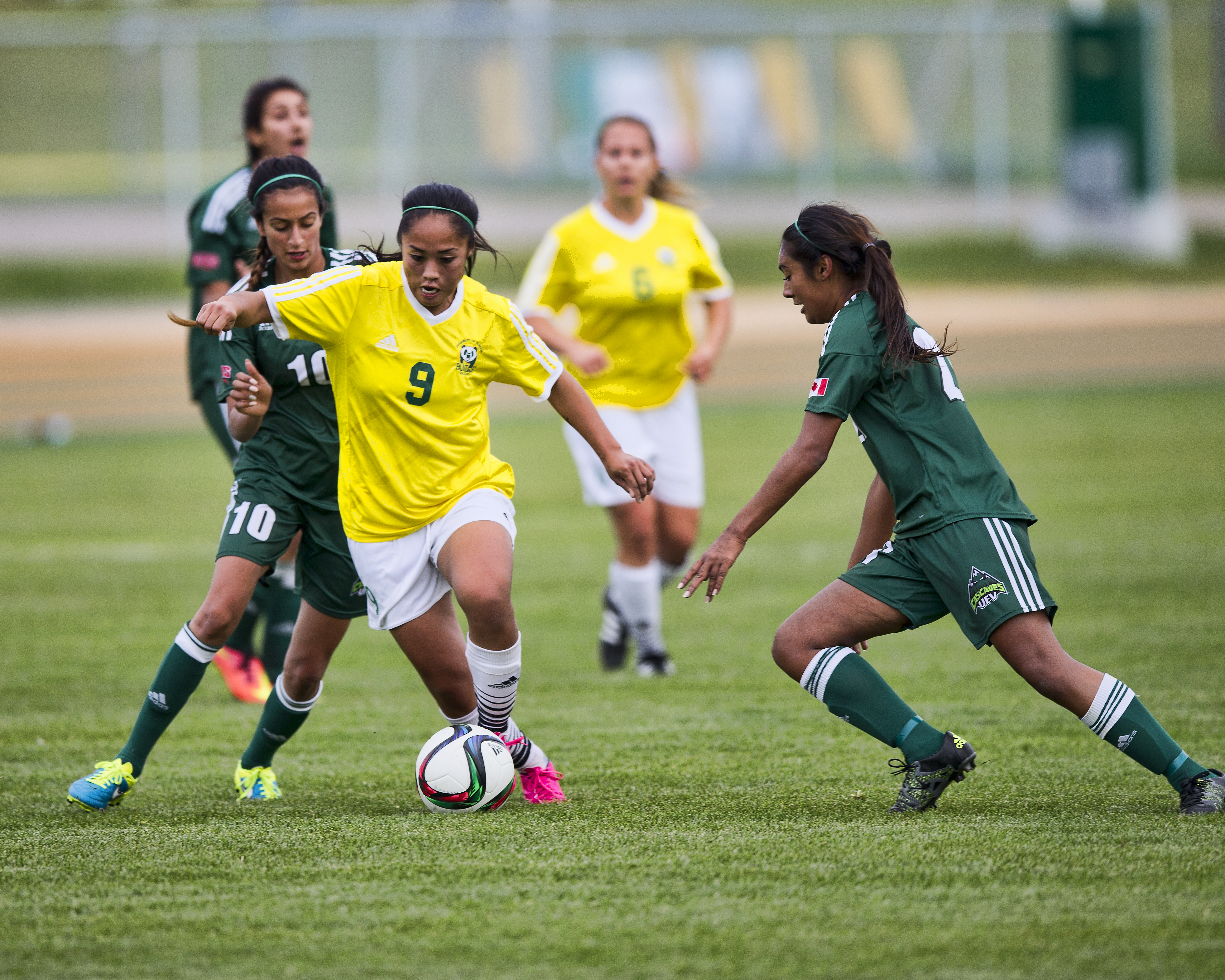At Brown, male and female athletes are supposed to receive equal treatment, and in many ways, they do. Facilities and funding, for example, are divided equally among the programs, in accordance with Title IX regulations. Yet one notable disparity still exists. On the men’s soccer roster, the height and weight of every player is listed, while for the women’s team, only the height is recorded. This is not just the case for the soccer program–many of the men’s team rosters list the weights of their players. Women’s team rosters, on the other hand, do not list the weights of their athletes. By disclosing the weights of male athletes but not of female ones, the college perpetuates the stigma of discussing girls’ weights, further fueling a body image epidemic among young women.
This practice preserves an environment where girls are reduced to their bodies. It is also particularly harmful for college-aged women: 87% of college women want to lose weight, despite only 5% of them having a BMI classifying them as overweight. Comparatively, only 36% of college men want to lose weight, despite a higher percentage of them (12%) being considered overweight.
While only men’s teams list the weights of players, many of Brown’s athletic rosters list the heights of both male and female athletes. The common perception is that height shapes the way a particular player approaches their sport. For example, taller players in basketball usually play the game significantly differently than their shorter counterparts. As a result, height usually determines the position a specific athlete will play. By listing height on rosters, it helps fans get a fuller and deeper understanding of players.
Weight, like height, provides vital insight into the context of a particular player. Two players of similar heights but different weights will play their games differently. Consider two professional basketball players: Lebron James of the Los Angeles Lakers and Andrew Wiggins of the Minnesota Timberwolves. Both players are listed as 6 feet 8 inches. Yet Wiggins weighs 194 pounds and James weighs 250 pounds. This 56 pound difference is crucial in understanding how these two mens’ playing styles differ. James is known for his physicality and ability to dominate his opponents using his large frame. Wiggins, who is significantly thinner than James, relies more heavily on his shooting ability. Weight is one of many statistics that gives fans the ability to discern difference between players.
By not listing the weights of female players, the University undermines their legitimacy as athletes. The University clearly sees them more as girls, whose weight is something that they should be ashamed of, rather than the incredibly talented Division 1 athletes that they are.
The disparity in recording men’s but not women’s weights is the result of divergent cultural values. For girls, weight is seen as taboo, a topic that should be avoided. For men, it is often considered just another measurement, like height or shoe size. In the US, the ideal feminine form is slender and “delicate” looking. For men, being larger and more muscular is generally seen as the pinnacle of beauty.
The way that society views weights for men and women is evident in the way that weight is discussed in the context of male and female public figures. When President Trump claimed to be 6 feet 3 inches tall and 239 pounds, the backlash was swift. The Washington Post published an article with the headline “Doctor says Trump is 6-3, 239 pounds, and the Internet has so many Athlete Comparisons.” Immediately following President Trump’s claim, people knew what a man with those measurements looked like and, as a result, questioned the legitimacy of Trump’s statement. The public had abundant examples and comparisons of male athletes who actually fit that profile. On the flip side, though, female celebrities rarely reveal their weights. When Beyonce disclosed in a Vogue profile that she was 218 pounds the day she gave birth to her twins, the internet was ablaze with discussion. People were shocked at her revelation, despite the fact that this was a healthy weight for a pregnant woman of her height. Women’s weights are so rarely shared that people possess so few comparisons. Many do not know how to deal with this information–is that too much or too little? When a woman speaks candidly about their weight, it is considered “brave.” When men share their weights, it is considered standard information.
When universities leave weight off of female athletic rosters, they silence a needed conversation revolving around college women and body image. If female athletes started having their weights listed, weight would be seen as far less taboo. People would have more examples of what women of various weights look like. It would allow society at large to have a more nuanced understanding of women and their bodies. Female athletes should be treated equally to their male counterparts. Listing weights for boys teams and not for girls only reinforces the idea that weight is something women should feel ashamed of and something men should share.
Photo: “A77V2524”
